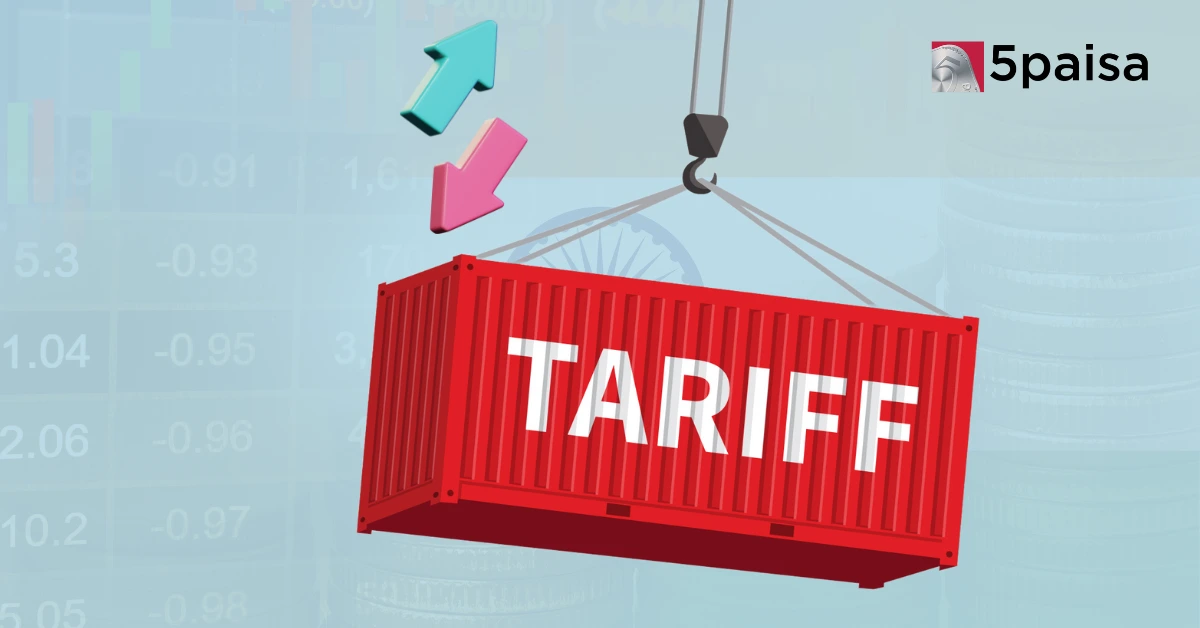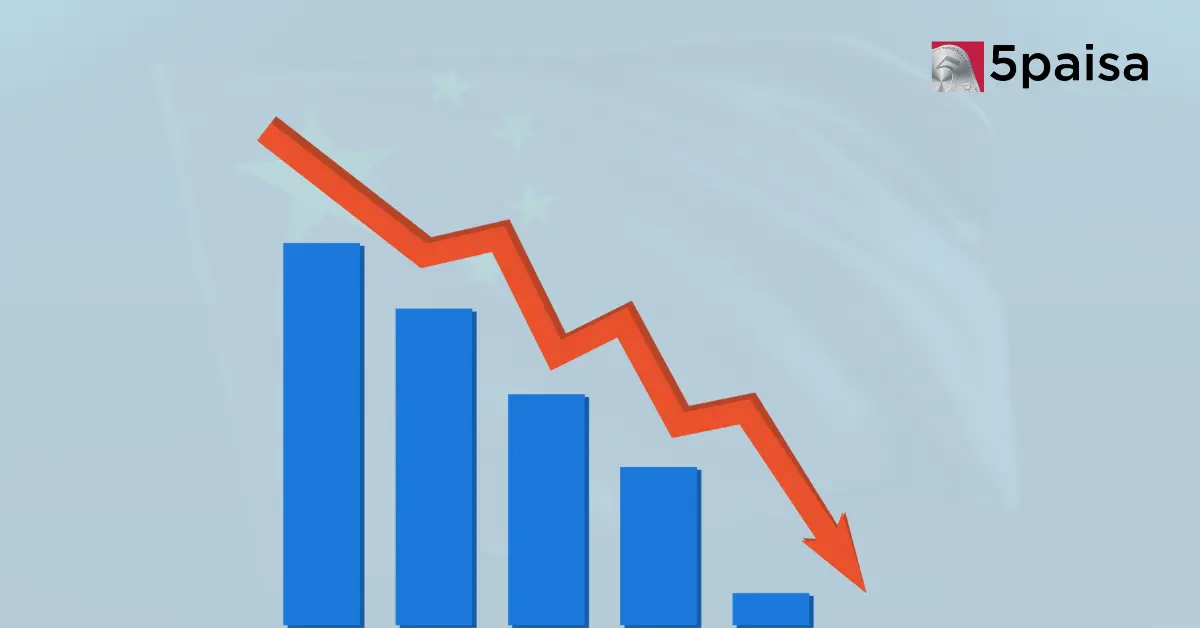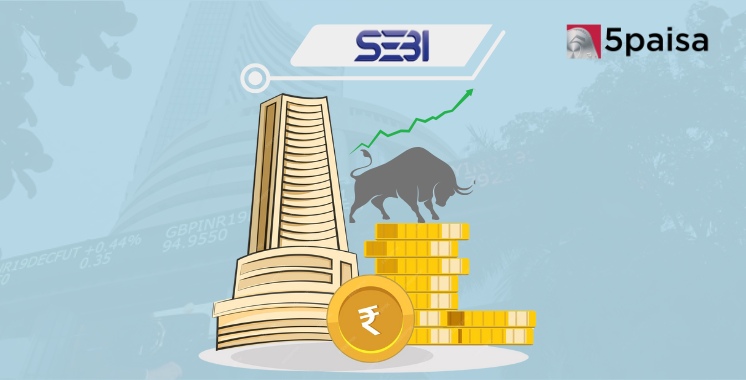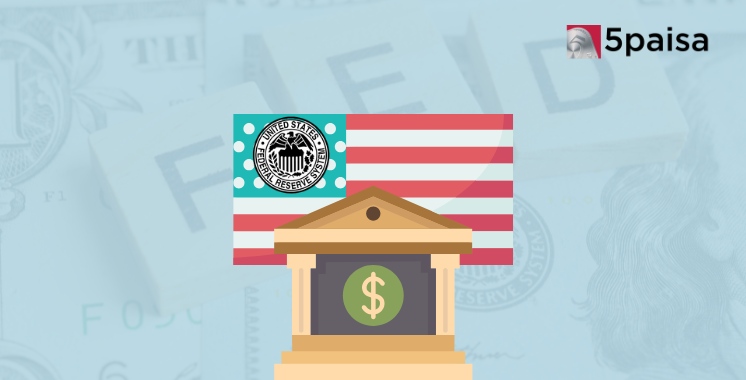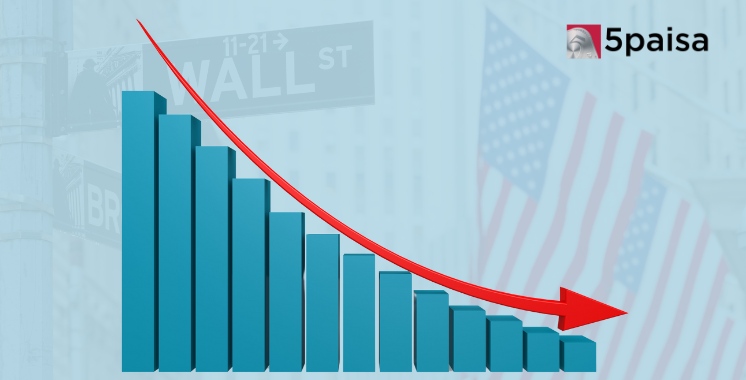Trump’s Reciprocal Tariffs Take Effect April 2: What It Means for India and Others
How Powell’s Jackson Hole speech will influence markets
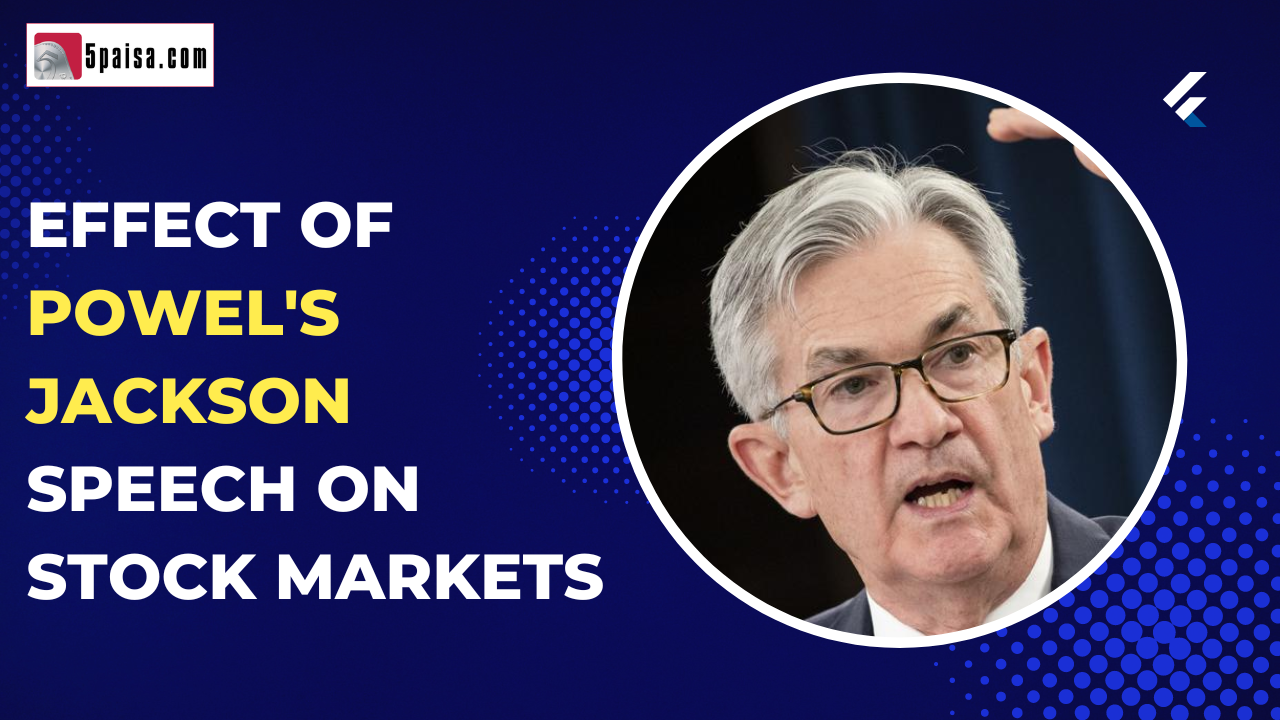
When Jerome Powell delivered his much awaited speech at the Jackson Hole symposium, the hawkishness was along expected lines but the extent of hawkishness was not. Powell was quite clear in his speech that the Fed would not relent in its fight against inflation. That means; rate hikes would continue and the immediate September meeting could see another 75 bps hike. Here are five key takeaways that can be gleaned from the speech delivered by Jerome Powell at the Jackson Hole meeting.
a) The message from the Fed was that they would persist with the hawkish stance and also ensure to use the tools forcefully to kill the growth in inflation. Fed maintained its terminal interest rate target in the range of 3.75% to 4.00%, with most of the rate hikes front loaded in the year 2022 itself.
b) While the Fed refused to give any specific guidance on the likely rate hikes in each meeting, the language of Powell was clearly veering towards a third hike of 75 bps in September 2022. It may be recollected that Fed had hiked rates by 75 bps each in June and July 2022. Even the CME Fedwatch confirms the probability of 75 bps hike in September as high as 70%.
c) Powell has underlined that the Fed would chase inflation even if it meant economic pain. He even asked the audience to be prepared for some pain. In fact, Powell was emphatic enough to say that given a choice between growth and price stability, the Fed would sacrifice growth for the sake of price stability. That is as clear as it gets.
d) Despite being just a 8 minute speech at Jackson Hole, Powell emphasised managing inflation expectations was as important, or even more important than managing actual inflation. The reasons are not hard to understand. Consumer inflation expectations feed into actual inflation and spending. Powell calls it “Rational Inattention”, wherein people pay less attention to inflation when it is low and more attention when inflation is high.
e) One of the arguments used by Powell to justify the aggressively hawkish stance is central bank credibility. To continue on the previous point, Powell pointed out that Inflation expectations of households would be driven by how aggressive the Fed was in fighting inflation. Fed had already begun the anti-inflation drive and it was now expected to take it to its logical conclusion.
The way, the markets reacted globally, it looked like panic buttons had been pressed. However, a closer reading of the speech would tell you that Powell has actually taken the ambiguity out of the policy and given clarity on the monetary front. On Monday, the Nifty and Sensex opened deep in the red but recovered through the day. While the markets did still close in the red, the recovery indicates that there were still pockets of buying.
How could the markets react in coming days to the Jackson Hole speech?
We have seen the short term reaction, and tends to normally be driven by sentiments. However, 3 aspects in the Powell speech should give the markets some room for comfort. Here is why.
• A hawkish stance does not mean that growth would suffer. In fact, Powell underlined that the best way to push real GDP growth today is to curb inflation. For the June 2022, the second revised estimates of US GDP indicate that it contracted by -0.6%. However, the nominal GDP growth is 8.5% so inflation has done most of the damage. Also the -0.6% contraction is better than the first Q2 estimate of -0.9% and the Q1 GDP contraction of -1.6%. That was when rate hikes had not even started. Now, a 200 bps reduction in inflation means 200 bps boost to the GDP growth rate.
• What about higher rates hitting consumer spending. It would actually be the other way round. Remember that it is not just inflation but inflation expectations that really sets the tone for consumer spending. If people expect higher inflation, they are cautious about spending since savings will erode anyways. Fed hawkishness has sharply reduced inflation expectations in India and the US and that should enthuse people to spend.
• Finally, let us dwell on two risks of higher rates viz. valuation risk and solvency risk. Let us talk about valuation risk first. Technically, higher rates hit valuations since the future cash flows get discounted at a higher cost of capital. However, in practice, the historical experience is that rising rates may hurt in the short run but benefit markets in the long run. Solvency risk when yields go is real if Indian companies were heavily leveraged. Today, leverage in 2021 was done 3.5% and has reduced further in 2022. That should offset the impact of higher cost of funds.
How do we sum up this story? Selling equities when rates are rising is the crowded trade. Look for the contrarian trade. Fed has given clarity and we know how rates will move. Traders and investors can work their calculations accordingly. It may be time to tart buying. Don’t expect short term miracles, but for the long term, the markets may be smartly poised.
- Flat ₹20 Brokerage
- Next-gen Trading
- Advance Charting
- Actionable Ideas
Trending on 5paisa
01
 5paisa Research Team
5paisa Research Team
Global Market Related Articles
Disclaimer: Investment in securities market are subject to market risks, read all the related documents carefully before investing. For detailed disclaimer please Click here.

